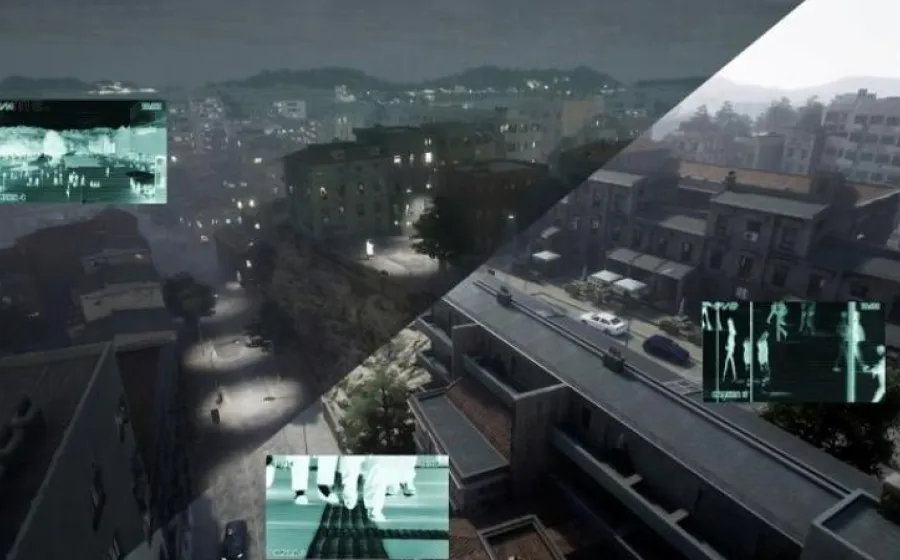Date
Venue
Category
Institution
Programme
This project explores urban spaces shaped by pervasive algorithmic surveillance and targeted control. Employing an interactive prototype, the work immerses players in slow-paced navigation through city environments subtly manipulated by invisible systems. Gameplay, combined with narrative voiceover, reveals how militarization of civilian spaces increasingly personalizes governance, targeting specific individuals. Rather than impersonal systems, this model of algorithmic control actively constructs and pursues particular personas. Algorithms not only identify individuals but also actively produce them as individuals of suspicion, defining identities through continuous interactions with surveillance infrastructures.
The prototype critically engages with these dynamics, illustrating how state power merges intimately with algorithmically generated identities, directing and mobilizing resources against them.
About Mark Cinkevich
Mark is an interdisciplinary artist and researcher working at the intersection of media, infrastructure, and power. His practice explores how surveillance systems, forensic technologies, and logistics shape perception, governance, and control. Drawing on horror aesthetics and notions of monstrosity, he investigates hidden architectures that sustain uncertainty and operational readiness. His work combines critical research with CGI, sound, and experimental moving image. Mark has an expertise in OSINT which is essential to working with post-soviet contexts. He is currently a PhD candidate in anthropology at the University of Warsaw.
Potential collaborators (skills, background, interests)
The project requires collaborators whose expertise aligns closely with its conceptual and technical needs.
Ideally, a writer will develop the narrative script and voiceover that critically and poetically explore algorithmic control and targeted surveillance.
While a voiceover actor would be an asset, a sound designer is more essential for capturing the atmosphere and tension integral to the gameplay experience. The immersive quality of the environment will rely heavily on sound design to create detailed ambient audio and an engaging underscore.
A CGI specialist is needed to integrate and fine-tune pre-made urban assets within Unreal Engine, ensuring visual coherence.
A VFX artist will be essential for developing thematically precise visual effects, particularly those representing surveillance technologies.
Finally, a developer or coder would be very useful to ensure synchronization between audio, subtitles, and interactive CGI elements.

